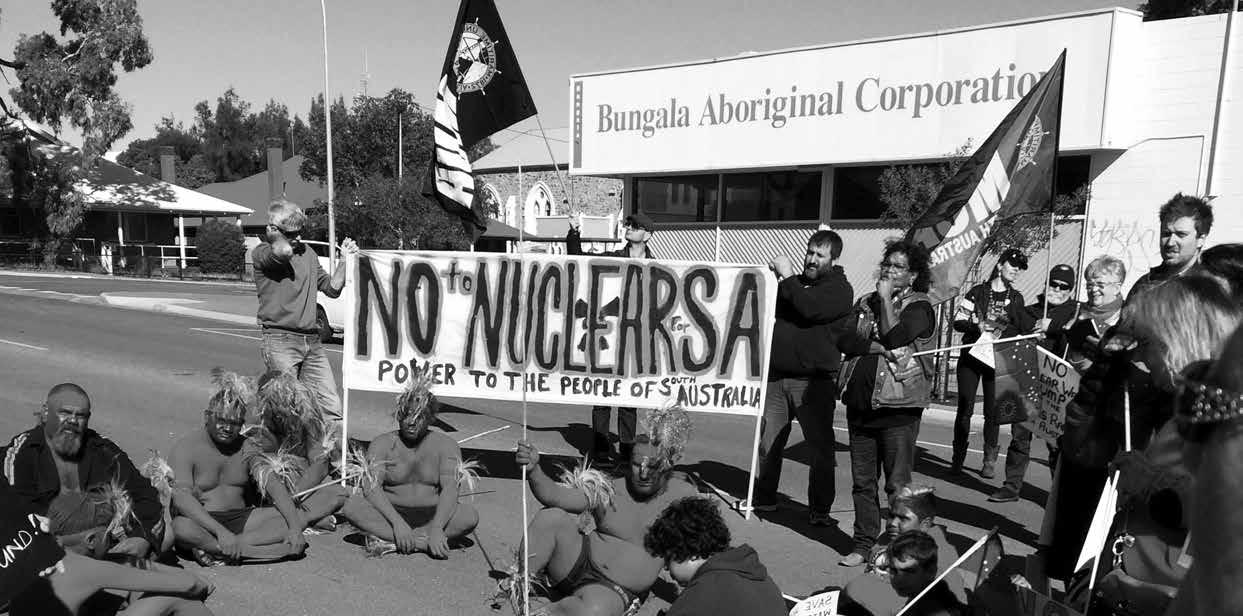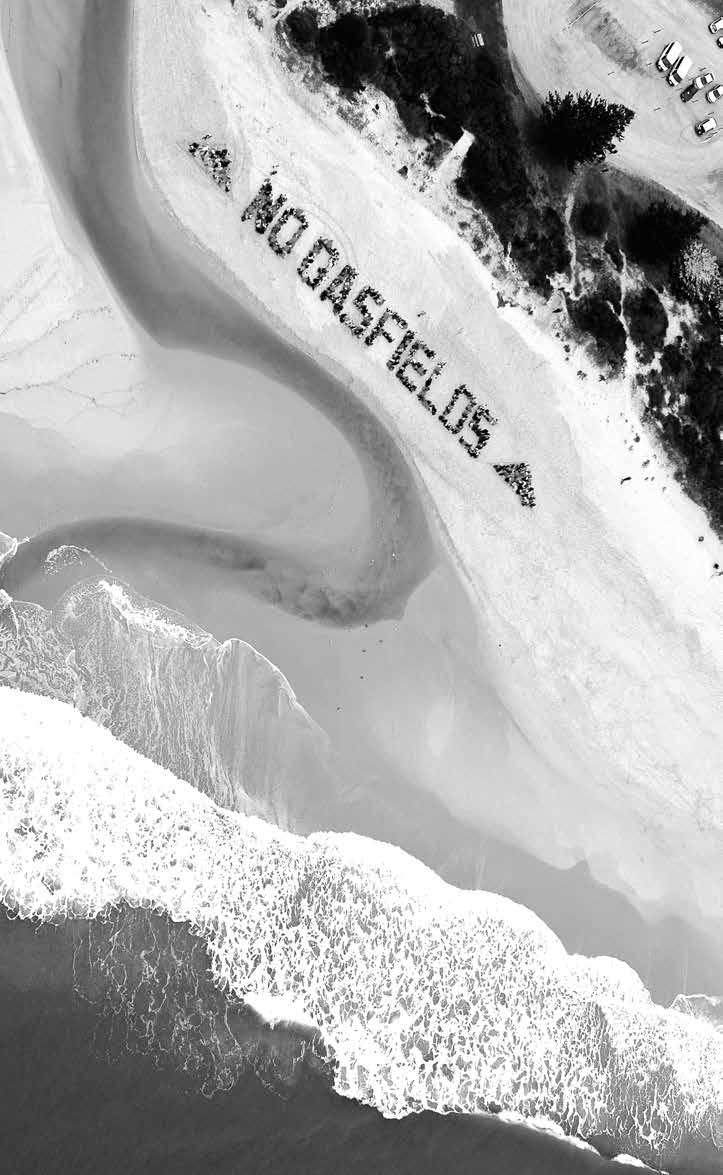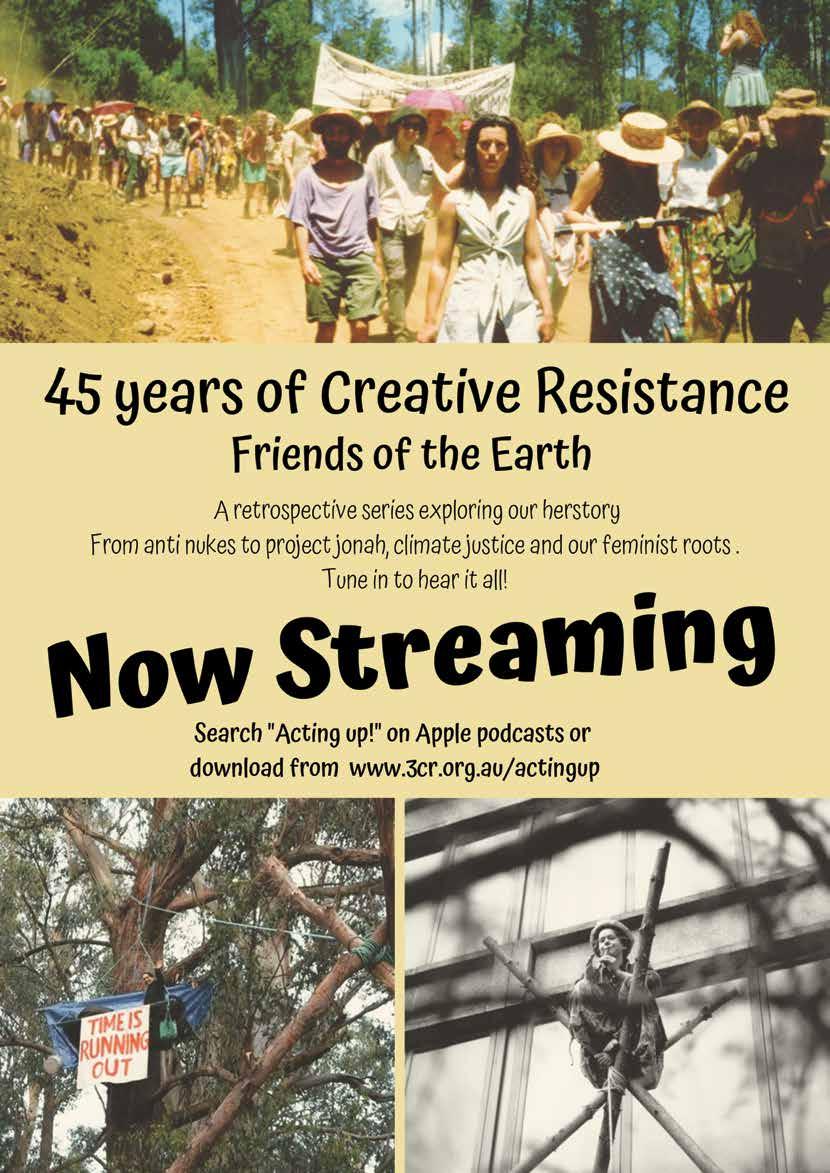
3 minute read
A major scorecard gives the health of Australia’s environment less than 1 out of 10
Albert Van Dijk, Luigi Renzullo, Marta Yebra and Shoshana Rapley
2019 was the year Australians confronted the fact that a healthy environment is more than just a pretty waterfall in a national park; a nice extra we can do without. We do not survive without air to breathe, water to drink, soil to grow food and weather we can cope with. Every year, we collate a vast number of measurements on the state of our environment: weather, oceans, fire, water, soils, vegetation, population pressure, and biodiversity. The data is collected in many different ways: by satellites, field stations, surveys and so on. We process this data into several indicators of environmental health at both national and regional levels. The report for 2019 makes for grim reading. It reveals the worst environmental conditions in many decades, perhaps centuries, and confirms the devastating damage global warming and mismanagement are wreaking on our natural resources. Immediate action is needed to put Australia’s environment on a course to recovery.
Advertisement
Environment scores in the red From the long list of environmental indicators we report on, we use seven to calculate an Environmental Condition Score for each region, as well as nationally. These seven indicators – high temperatures, river flows, wetlands, soil health, vegetation condition, growth conditions and tree cover – are chosen because they allow a comparison against previous years. In Australia’s dry environment, they tend to move up and down together, which gives the score more robustness. Nationally, Australia’s environmental condition score fell by 2.3 points in 2019, to a very low 0.8 out of ten. This is the lowest score since at least 2000 – the start of the period for which we have detailed data. Condition scores declined in every state and territory. The worst conditions were seen in the Northern Territory (0.2 points), New South Wales (0.3 points) and Western Australia (0.4 points), with the latter also recording the greatest decline from the previous year (-5.7 points). What is most striking is that almost the entire nation suffered terrible environmental conditions in 2019. In each case, the changes can be traced back to dry, hot conditions. Only parts of Queensland escaped the drought. Comparing local government areas, the worst conditions occurred in Armidale and Gwydir in northern NSW. In contrast, Winton and Townsville in Queensland escaped the overall poor conditions, thanks to the beneficial impact of high rainfall early in the year – although those same events also caused floods killing around 600,000 livestock.
Extreme drought and extreme heat So what exactly happened in Australia in 2019 to cause such widespread environmental damage? There were several causes. Across most of Australia, the environment was already reeling from poor conditions in 2018. Also, cool temperatures in the Indian Ocean delayed the onset of the monsoon in northern Australia and reduced the flow of moisture to the rest of the continent, creating hot and dry conditions. Average rainfall was a mere 229 mm across the continent, the lowest in more than 119 years and probably longer than that. The heat was also extraordinary. The average number of days above 35°C across the country was 36% more than the average for the 19 years prior. In eastern Australia, arid and hot conditions pushed farmers and ecosystems deeper into drought. In many regions, dryness and declining protection from wind erosion created the worst soil conditions in at least 20 years. Consequences included several dust storms and widespread dieback of forests, especially in NSW. The severe drought also affected inland water systems, especially the Darling River and its tributaries. Town water supply reservoirs ran out of water, the rivers stopped flowing, and the heat turned the remaining pools into death traps for fish. Other rivers in northwest Australia, southeast Queensland and northeast NSW also saw their worst flows in 20 years.
Unprecedented fires
Of course, 2019 will be remembered as the year of unprecedented bushfires. Nationally, the total area burnt was not unusual, not even when the fires of early 2020 are included. But this is only because fire activity was much below average in northern Australia, where ongoing dry conditions left little vegetation to burn.







